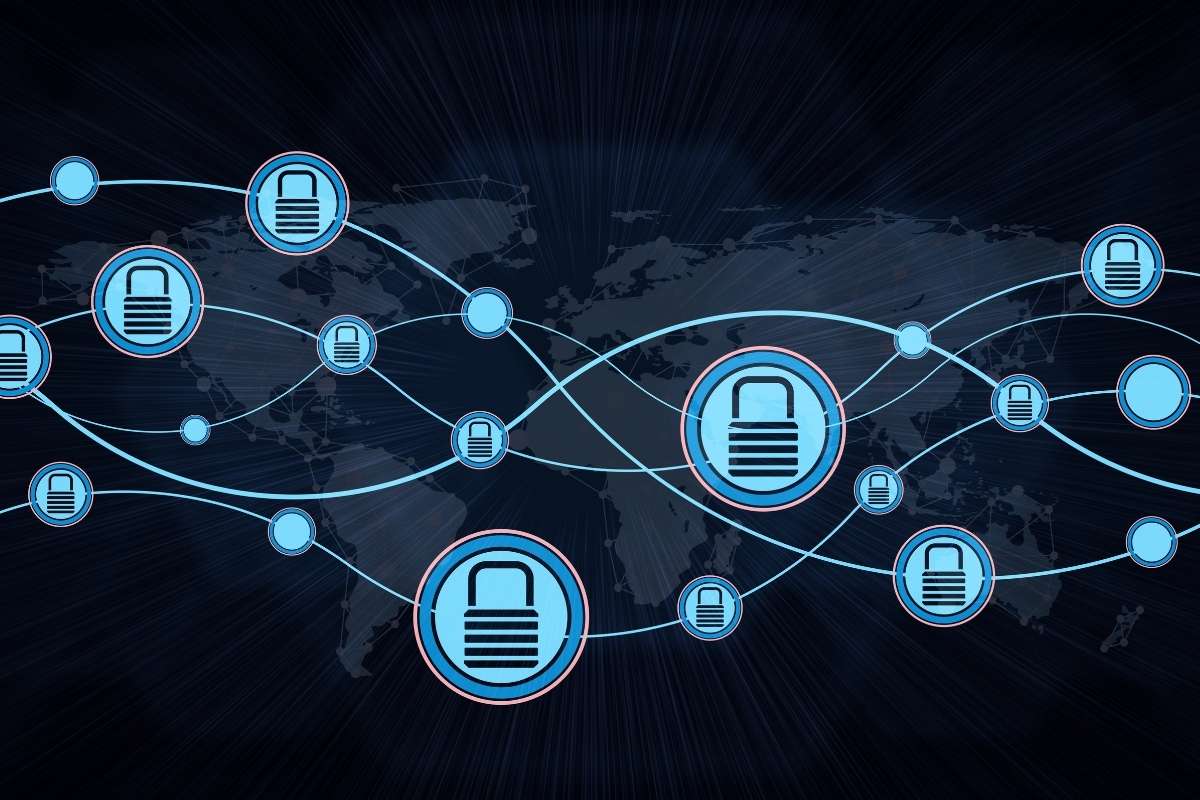In the digital era, where data reigns supreme, the adoption of cloud computing has become ubiquitous across industries. This paradigm shift offers unparalleled opportunities for businesses to streamline operations, enhance collaboration, and drive innovation. However, amid the myriad benefits lie inherent security risks that demand attention and proactive mitigation strategies. In this in-depth exploration, we delve into the multifaceted landscape of cloud computing security threats, examining their origins, implications, and best practices for safeguarding sensitive information.
Unveiling Cloud Computing Security Threats:
1. Data Breaches
Data breaches represent a pervasive and devastating threat to cloud security. Attackers exploit vulnerabilities in cloud infrastructure to gain unauthorized access to sensitive information, including customer data, trade secrets, and financial records. The ramifications extend far beyond financial losses, encompassing reputational damage, legal liabilities, and regulatory non-compliance.
2. Insider Threats

While external threats often capture headlines, insider threats pose a significant risk to cloud security. Malicious insiders, whether disgruntled employees or compromised contractors, wield their privileged access to orchestrate data breaches or engage in sabotage. Moreover, inadvertent actions, such as negligent handling of credentials or data, can inadvertently compromise security integrity.
3. Insecure APIs
Application Programming Interfaces (APIs) serve as the linchpin of cloud interoperability, facilitating seamless communication between disparate components. However, insecure APIs expose vulnerabilities that malicious actors exploit to infiltrate cloud environments. By manipulating API endpoints or intercepting unencrypted data transmissions, attackers can execute a spectrum of attacks, ranging from data exfiltration to service disruption.
4. Data Loss
The specter of data loss looms large over cloud environments, stemming from various sources, including accidental deletion, hardware failures, or malicious activities. The distributed nature of cloud storage amplifies the complexity of data management and protection, necessitating robust backup mechanisms, data encryption, and redundancy strategies to mitigate the risk of irrevocable data loss.
5. Denial of Service (DoS) Attacks
Denial of Service attacks pose a formidable threat to cloud availability, inundating servers or networks with an avalanche of malicious traffic. The resulting downtime not only disrupts business operations but also engenders financial losses and erodes customer trust. Moreover, sophisticated variants, such as Distributed Denial of Service (DDoS) attacks, amplify the scale and potency of the assault, rendering traditional mitigation measures inadequate.
6. Account Hijacking

Account hijacking represents a potent vector for cloud infiltration, leveraging stolen credentials or social engineering tactics to compromise user accounts or administrative privileges. Once ensnared, attackers pivot within the cloud ecosystem, pilfering sensitive data, perpetrating identity theft, or perpetrating further cyber incursions. Moreover, the proliferation of credential-stuffing attacks exacerbates the susceptibility of cloud accounts to exploitation.
Proactive Strategies for Mitigating Cloud Computing Security Threats
1. Implement Robust Access Controls
Deploy granular access controls and least privilege principles to limit user permissions and thwart unauthorized access attempts. By enforcing multi-factor authentication, role-based access controls, and IP whitelisting, organizations fortify their defenses against credential theft and unauthorized account access.
2. Encrypt Data at Rest and in Transit
Leverage robust encryption protocols, such as AES and RSA, to safeguard data integrity and confidentiality throughout its lifecycle. Encrypt sensitive data at rest within cloud storage repositories and encrypt transmissions between client devices and cloud servers using industry-standard encryption algorithms.
3. Conduct Regular Security Audits and Penetration Testing
Adopt a proactive stance towards security by conducting routine audits, vulnerability assessments, and penetration tests to identify and remediate potential weaknesses. Engage third-party security firms or leverage automated scanning tools to evaluate cloud infrastructure, configurations, and applications for vulnerabilities and compliance violations.
4. Educate and Empower Employees
Foster a culture of security awareness and responsibility by providing comprehensive training and resources to employees. Equip staff with the knowledge and skills to recognize phishing attempts, exercise caution when handling sensitive data, and adhere to security best practices in their daily activities.
5. Establish Incident Response Protocols

Develop and document incident response plans outlining procedures for detecting, containing, and mitigating security incidents. Define roles and responsibilities, establish communication channels, and conduct tabletop exercises to simulate various cyberattack scenarios and validate the efficacy of response strategies.
FAQs (Frequently Asked Questions)
1. What are the main risks associated with cloud computing security threats?
Cloud computing security threats encompass risks such as data breaches, insider threats, insecure APIs, data loss, denial of service attacks, and account hijacking. These risks can compromise the confidentiality, integrity, and availability of data stored in the cloud.
2. How can businesses mitigate cloud computing security threats?
Businesses can mitigate cloud computing security threats by implementing robust security measures, such as encryption, access controls, multi-factor authentication, regular security audits, and employee training. Additionally, adopting a proactive approach to threat detection and response is essential for effectively managing security risks.
3. What role do security protocols play in safeguarding cloud environments?
Security protocols play a crucial role in safeguarding cloud environments by establishing guidelines and standards for securing data, networks, and systems. Examples of security protocols include Transport Layer Security (TLS), Secure Socket Layer (SSL), and Internet Protocol Security (IPsec), which help encrypt communications and authenticate users to prevent unauthorized access.
4. How does cloud configuration management contribute to security?
Cloud configuration management involves the monitoring, optimization, and maintenance of cloud infrastructure to ensure optimal performance and security. By regularly reviewing and updating configurations, organizations can identify and address potential security vulnerabilities, such as misconfigurations or unauthorized access permissions.
5. What are the regulatory considerations for cloud computing security?
Regulatory considerations for cloud computing security vary depending on the industry and geographic location of the organization. Examples of relevant regulations include the General Data Protection Regulation (GDPR) in the European Union, the Health Insurance Portability and Accountability Act (HIPAA) in the United States, and the Personal Data Protection Act (PDPA) in Singapore. Compliance with these regulations requires organizations to implement specific security measures to protect sensitive data stored in the cloud.
Conclusion:
safeguarding data in the cloud necessitates a holistic approach encompassing robust technical controls, rigorous governance frameworks, and a vigilant workforce. By embracing proactive security measures and fostering a culture of resilience, organizations can navigate the complex terrain of cloud computing security threats with confidence and assurance.






